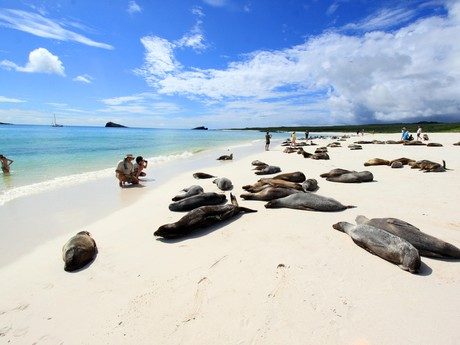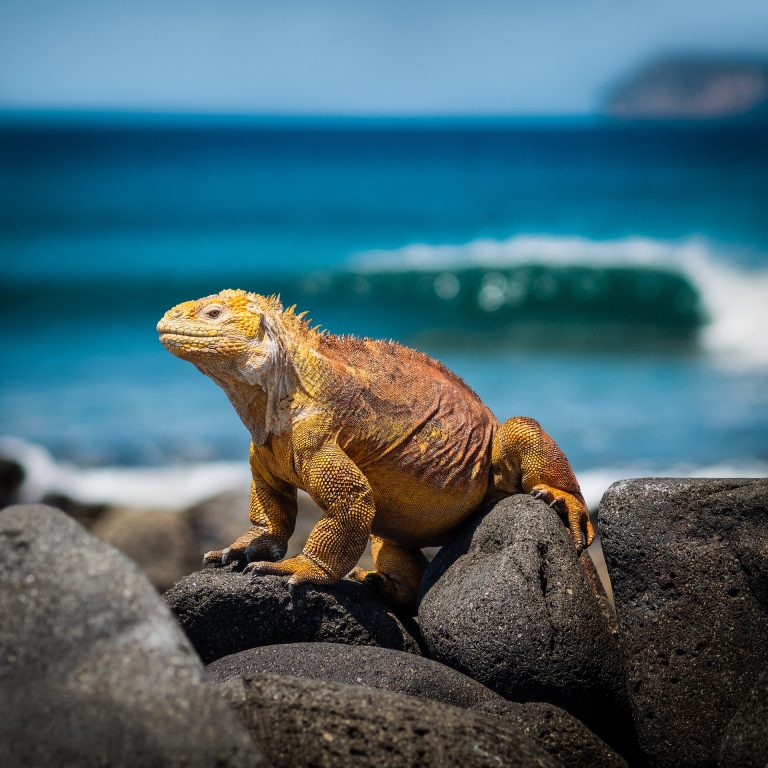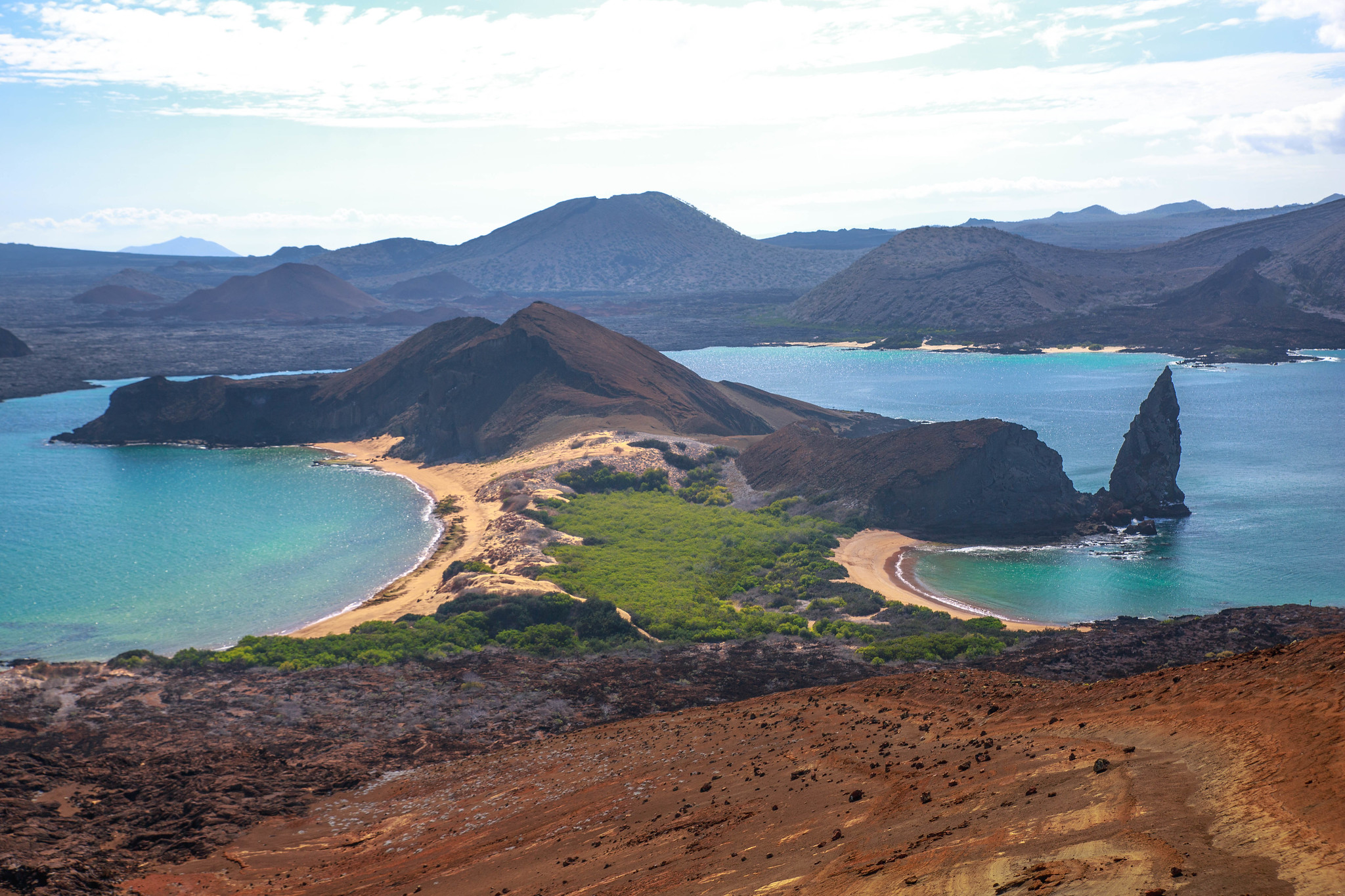
Top Sights in the Galapagos (That Aren’t Wildlife)
We love Galapagos wildlife. This South American archipelago – scattered in the Pacific Ocean off the coast of Ecuador – is famously home to some of the most unusual animal species in the world, and to catch sight of them in their natural habitat is an incredible, bucket list experience. But what else can you do in the Galapagos aside from wildlife watching? What are the other attractions worth exploring when you’re not on an animal safari? We can confirm that there is plenty more to see and do while on holiday in the archipelago – so scroll down to discover the top sights in the Galapagos (that aren’t wildlife).

Tortuga Bay, Santa Cruz Island
One of the top sights in the Galapagos, Tortuga Bay flaunts stunning stretches of white sand beach and turquoise waters, perfect for sunbathing, snorkelling, kayaking and surfing. It is located just 1.5 miles from the bustling port of Puerto Ayora on Santa Cruz Island, and can be reached by either a short water taxi ride or one-hour hike. Like most corners of the Galapagos, you can of course spot wildlife here – including Marine Iguanas, White-tipped Reef Sharks and Blue-footed Boobies. But what also makes Tortuga Bay special is the chance to unwind or try some watersports. You can choose from two beaches here: Playa Brava, which is ideal for surfing, and Playa Mansa, home to much calmer seas for swimming and snorkelling. Otherwise, you might like to go kayaking to explore the mangroves, or simply relax with a book in hand.
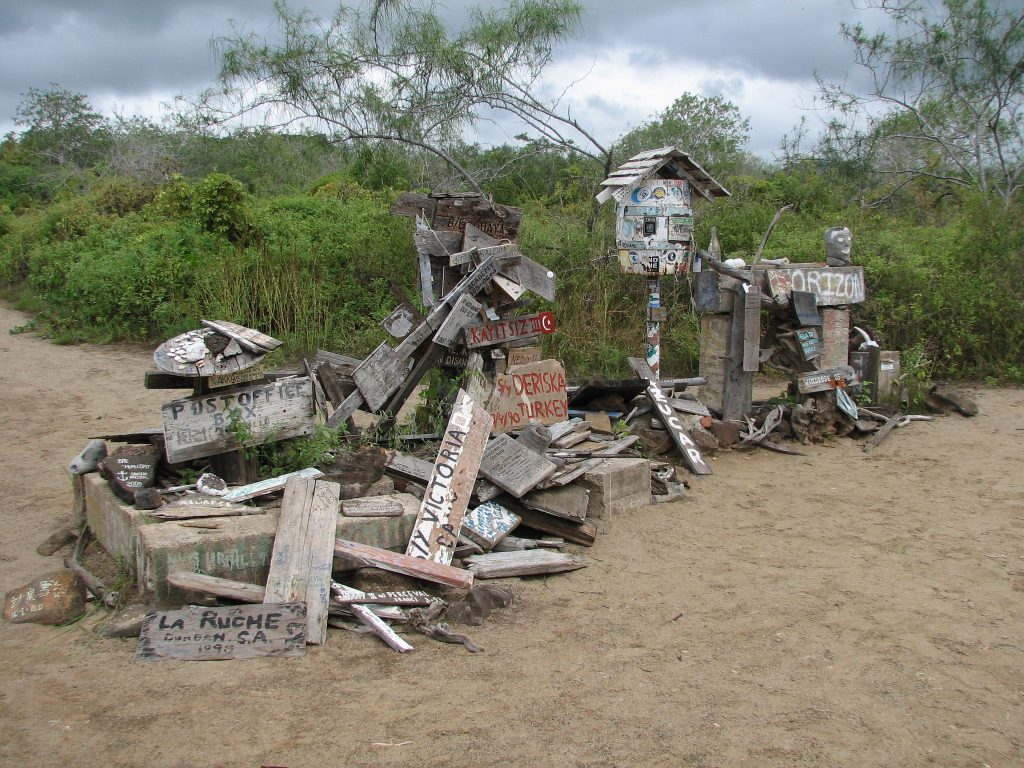
Post Office Bay, Floreana Island
Although it may be a small island, Floreana packs a punch. Not only can you see fascinating native birds, plants and creatures here (such as scalesia trees, Giant Galapagos Tortoises and Frigate Birds), but there’s an interesting dose of heritage to uncover too. In 1832, Floreana was the first island to be colonised in the Galapagos, then later became a penal colony and, with its hidden caves, a secret hideout for pirates. Another distinctive thing about Floreana Island is Post Office Bay, which shelters a ‘post office’ with an unusual way of sending mail. Set up in the 18th century by whalers who became homesick after years away from their loved ones, the post office on Floreana Island was essentially just a couple of barrels where they would leave mail for passing sailors to pick up and take with them; if they were heading in a similar sort of direction, that is. Today, you can leave a letter at the ‘post box’ and see if one day it is collected and forwarded by other travellers heading the right way!

Los Gemelos Craters, Santa Cruz Island
Los Gemelos, or ‘The Twin Craters’, are found in the highlands of Santa Cruz Island and are fascinating to behold. They are actually sinkholes, formed when the hardened lava domes collapsed leaving caverns behind, now thick with plantlife. The Twins are huge – up to 1,300ft widthways and 2,300ft deep – and you can soak up the scale of them by walking along the rim. What’s more, it’s a delightful walk to get here, passing through scalesia forests teeming with Darwin’s Finches, and once here you have the highest chance of seeing Short-eared Galapagos Owls; a rare, endemic species.
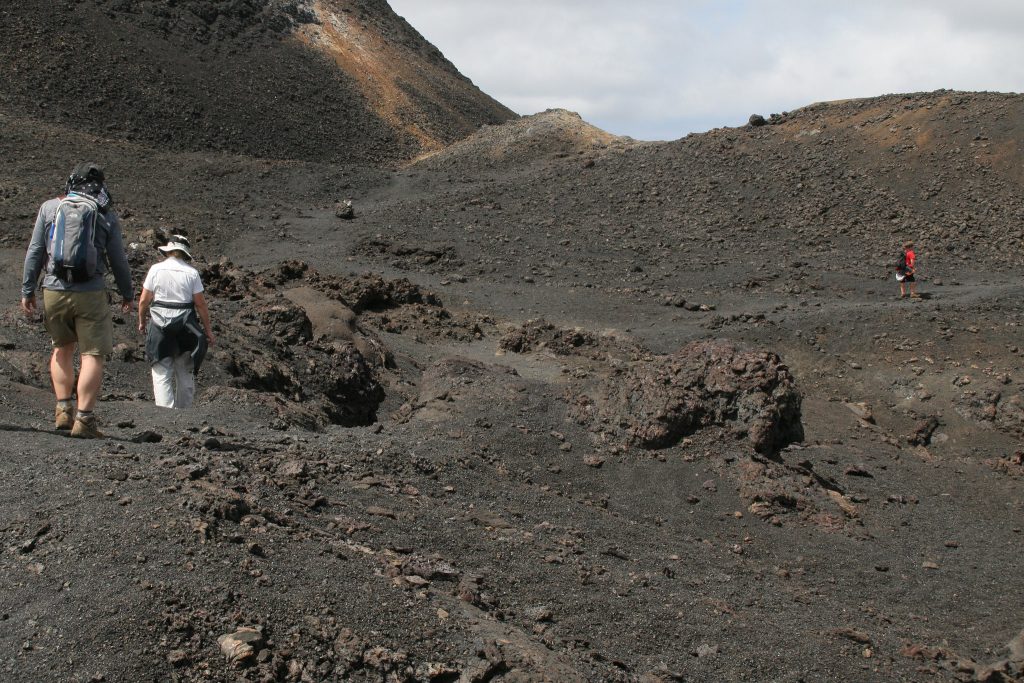
Sierra Negra and Chico Volcanoes, Isabela Island
Naturally, as the Galapagos are a chain of volcanic islands, witnessing some of the volcanoes themselves is an intriguing experience indeed. Isabela Island – the largest in the archipelago – boasts a string of volcanoes, including Sierra Negra and Chico, both of which can be explored on foot. Sierra Negra is the second largest volcanic crater in the world at six miles wide, with dramatic views across rolling lava fields (with the most recent floes from 2005 clear to see) and the chance to spot seven species of Finch. Then there’s Chico, which is fascinating in its own right. You can hike northeast from Sierra Negra through red rock landscapes, before reaching Chico with its lava fields, caverns, and sweeping views of the islands of Fernandina, Pinzon and Santa Cruz.
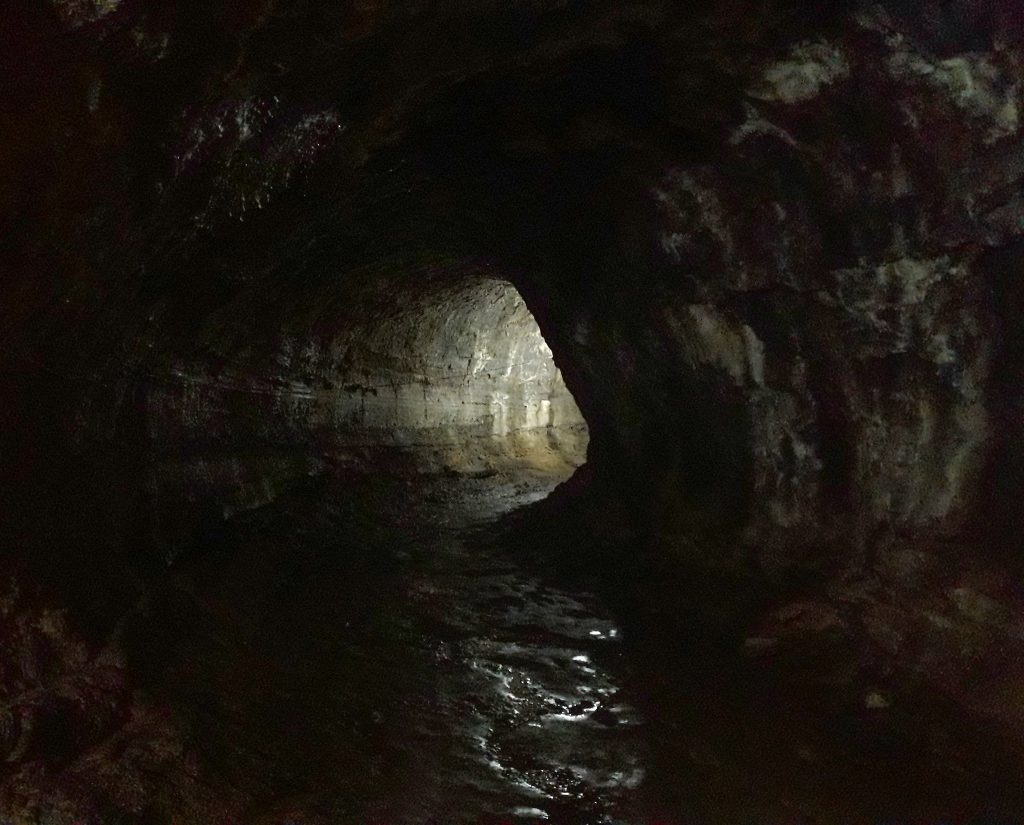
Lava Tunnels, Santa Cruz Island
Speaking of volcanic activity, there are yet more curious geological sites to explore in the Galapagos, including the lava tunnels of Santa Cruz Island. This subterranean network of passages was formed by lava, which cooled and hardened on the outside while the flow continued inside. When it finally subsided, long tunnels were left behind – and you can walk through them today. Of course, being underground, the passages are dark and can be slippery, so be sure to bring a torch and solid hiking shoes when you descend underground!
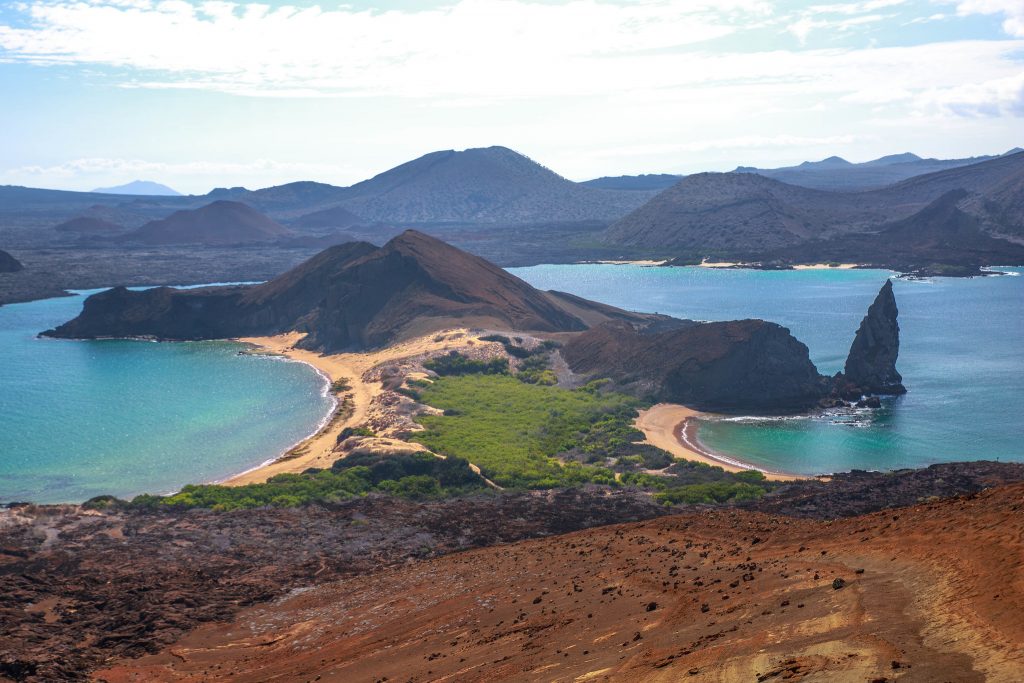
Pinnacle Rock, Bartolome Island
Perhaps the most recognisable vista of the Galapagos, Pinnacle Rock is a distinctive, spear-shaped rock formation jutting up from the sea beside Bartolome Island. The best place to take in the view is from the top of Bartolome, which requires a hike up 372 steps. The climb is worth the effort, however, as you are rewarded with a 360-degree panorama of Bartolome’s two curving beaches and the jagged Pinnacle Rock – this is said to be the most photographed landscape in the Galapagos, and for good reason!
Ready to explore the top sights in the Galapagos? Start building your trip today using our free online tool. Handpick the hotels and activities you want, adjust the durations depending on how long you want to stay in each place, and have fun in the process! Surtrek is always at hand to help out. Call us on 1 866 978 7398 (Canada and USA) or 080 8189 0438 (UK) to talk to an expert, and Discover Your South America with Surtrek!


